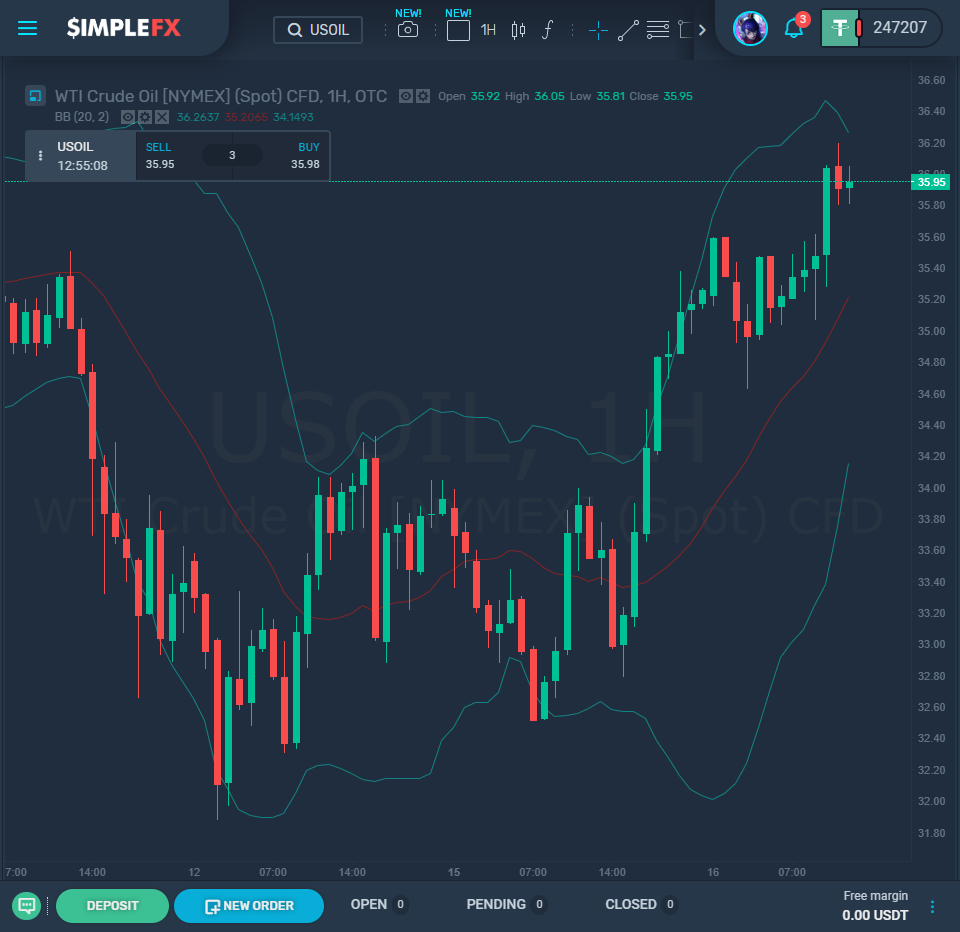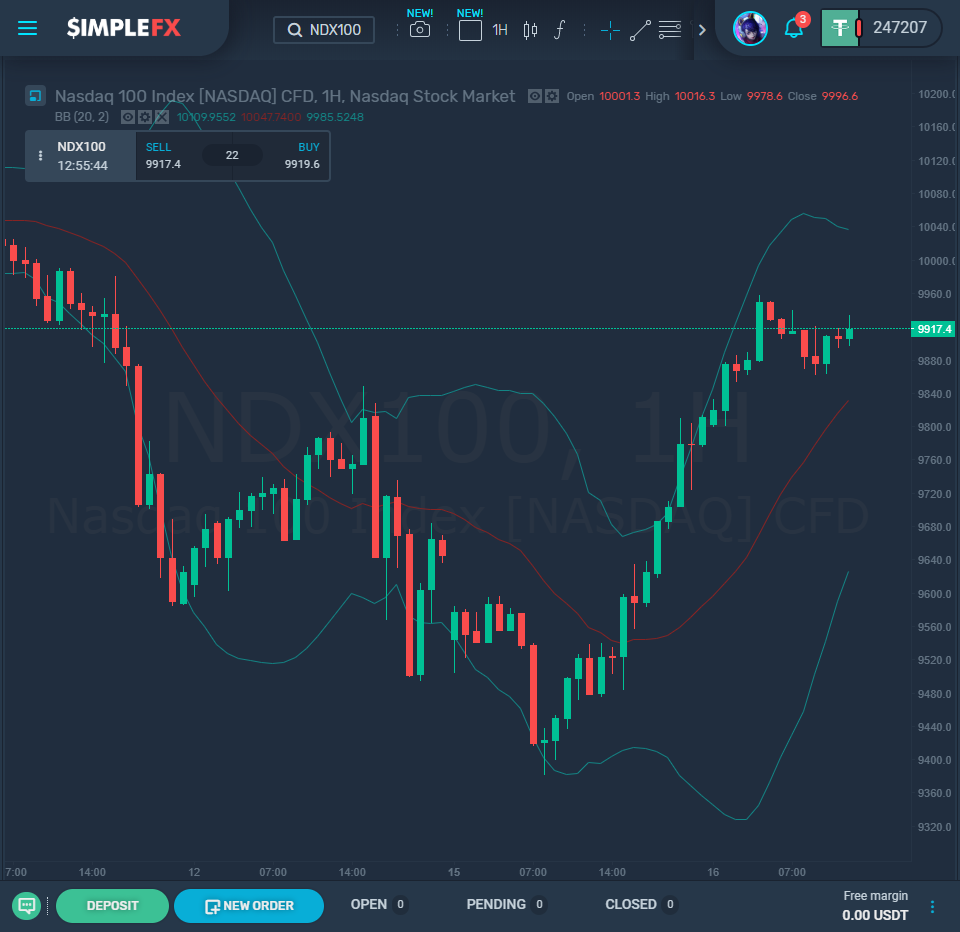The US stock markets saw positive results at the end of Monday’s trading day, a good start to the week after mixed results from last week. Dow Jones gained 0.6% (157.62 points), to close on 25,763.16, S&P 500 gained 0.8% to finish at 3066.59, and Nasdaq gained 1.4% to close at 9,726.02 points. All three stock exchanges were trading negatively throughout the day, but the launch of the Main Street Lending Program was enough to push things up.

This program comes from the Federal Reserve. It is designed to provide support to struggling for-profit businesses that may have been too large for the Paycheck Protection Program, which was only for businesses with less than 500 employees. This program will provide $600 million in loans for businesses, and is currently considering expanding it to include non-profit organizations.
West Texas Intermediate crude oil gained 2.37% (to $37.12 per barrel), and Brent Crude gained 2.5% (to 39.73 per barrel). These gains come after drops earlier in the day, amid fears that the second wave of COVID-19 would threaten economies soon. The eventual gains were attributed to an announcement that OPEC+ countries are all maintaining the agreed-upon oil cuts to reduce supply, while demand is slowly increasing.
Predictions for the future state of the economy are also looking positive. Economists from Morgan Stanley are predicting that the global economy will return to its pre-coronavirus levels by the fourth quarter, creating a full V-shaped recovery. They are expecting a short recession, and that GDP growth will be at 3% by the first quarter of 2021. This outlook is undoubtedly more favorable than others, as Morgan Stanley are also factoring in the potential for a COVID-19 vaccine before a second wave of the virus hits.

Gold fell by 0.6% on Monday, down to $1,702.40 per ounce. Although it remained above the $1,700 level, the drop was attributed to rising US dollar confidence. Investors are turning back to riskier options now that the global threat of inflation and economic downturn have subsided after the coronavirus pandemic.
A future reduction in the supply of gold may affect its price. Recently in Peru, one of the largest producers of gold in the world (ranked sixth in terms of metric production), has seen a massive drop in their GDP. Their economic activity has fallen by 40% since April 2019, since the country imposed stringent lockdown measures to combat the spread of COVID-19. This has involved temporarily closing many of the country’s mines, which may have created a supply bottleneck, not just in Peru, but in many nations. This concern is combined with the fact that the pandemic has also severely reduced the ease of importing and exporting goods, severely stifling the physical movement of gold.

